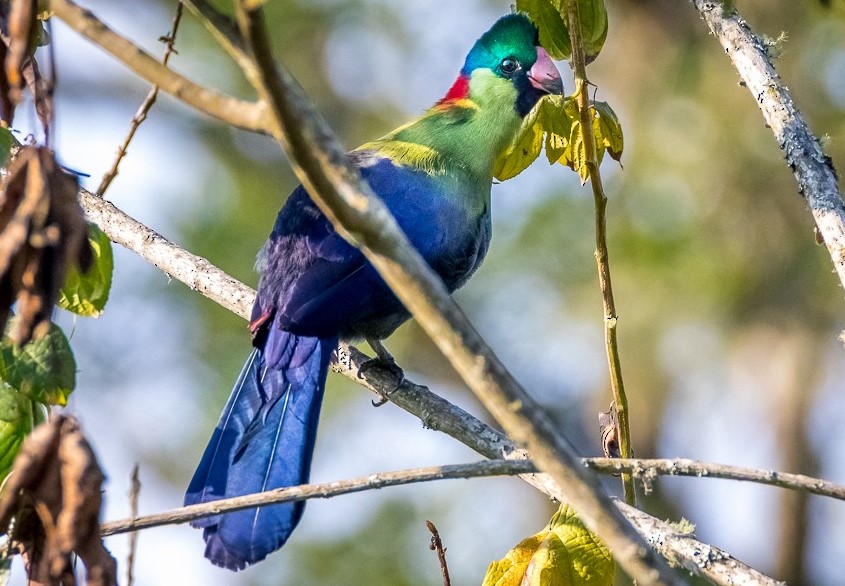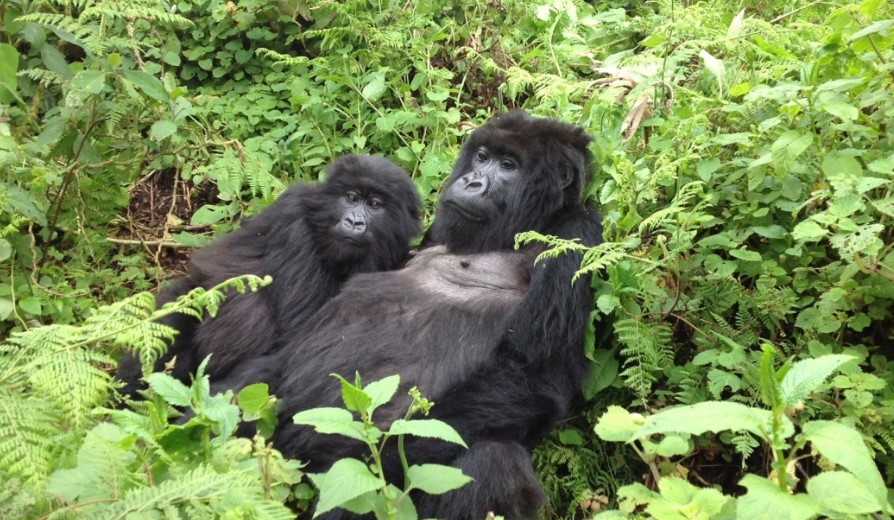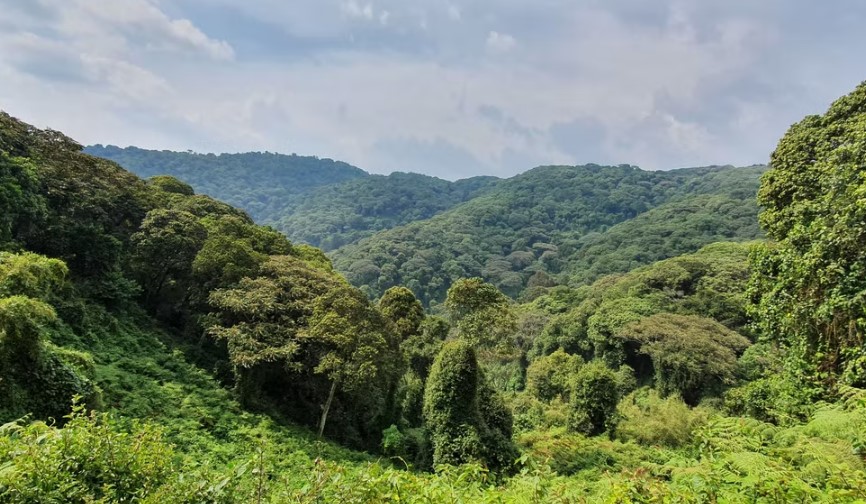Echuya Forest Reserve is a protected area located in the southwestern part of Uganda, near the border with Rwanda. The forest reserve covers an area of approximately 3,658 hectares and is situated at an altitude of 2,200 to 2,600 meters above sea level. The reserve is known for its unique biodiversity, including various species of trees, plants, birds, and mammals.
The forest reserve was established in 1932 to protect the watershed of the Ishasha River, which is a major tributary of the Nile River. The forest is also an important source of timber, firewood, and other forest products for the local communities. Over the years, however, the forest has faced various threats, including deforestation, illegal logging, poaching, and encroachment by local communities.
The Echuya Forest Reserve is home to over 150 species of trees, including the Afro-montane forest, bamboo, and tree ferns. The reserve is also home to several endemic plant species, such as the Echuya sage (Salvia Echuyaensis), which is found nowhere else in the world.
The forest is an important habitat for various wildlife species, including several primate species such as the black and white colobus, L’Hoest’s monkey, and the red-tailed monkey.
One of the most notable features of the Echuya Forest Reserve is its birdlife. The forest is home to over 150 species of birds, including several endemic and rare species such as the Grauer’s rush warbler, Rwenzori batis, and Archer’s robin-chat. The forest is also an important stopover site for migratory birds, making it an ideal destination for birdwatching.

The Echuya Forest Reserve is also an important water catchment area. The Ishasha River, which originates from the forest, is a major source of water for the surrounding communities and supports a range of economic activities, such as agriculture, fishing, and hydroelectric power generation.
Despite its ecological significance, the Echuya Forest Reserve has faced various threats over the years. One of the major threats is deforestation, which has been fueled by the demand for timber, fuelwood, and land for agriculture. The forest has also been affected by illegal logging, which is carried out by local communities and loggers who sell the timber to neighboring countries.
Another major threat to the Echuya Forest Reserve is poaching. The forest is home to several wildlife species, including the endangered mountain gorillas, which are targeted by poachers for their meat and body parts. The reserve has also been affected by encroachment, as local communities have been expanding their agricultural activities into the forest, which has led to the destruction of the forest ecosystem.

To address these threats, various conservation efforts have been undertaken in the Echuya Forest Reserve. In 2005, the government of Uganda and the International Gorilla Conservation Program (IGCP) launched the Echuya Forest Conservation Project, which aims to promote sustainable forest management and community-based conservation in the area.
The project has focused on various activities, such as tree planting, education and awareness-raising, and the provision of alternative livelihoods to local communities. The project has also established community patrols to monitor and prevent illegal activities in the forest.
Other conservation efforts in the Echuya Forest Reserve include the establishment of a community forest reserve, which is managed by the local communities, and the implementation of eco-tourism activities, such as birdwatching and gorilla tracking, which provide alternative sources of income to local communities.
The Echuya Forest Reserve is an important ecosystem that supports a range of biodiversity and provides crucial ecosystem services to the surrounding communities. However, the forest faces various threats that require urgent conservation efforts. The establishment of community-based conservation projects, such as the Echuya Forest Conservation Project, is an important step towards protecting the forest and promoting sustainable management practices.
Community-based conservation involves working with local communities to develop conservation initiatives that meet their needs and priorities while also promoting the protection of biodiversity and ecosystem services. This approach recognizes that local communities are the key stakeholders in natural resource management and should be actively involved in conservation efforts.
In the case of the Echuya Forest Reserve, community-based conservation initiatives have been successful in promoting sustainable forest management practices and reducing the impact of illegal activities such as logging and poaching. By involving local communities in forest management, the project has also improved the livelihoods of the surrounding communities, providing alternative sources of income such as eco-tourism.
Another important conservation approach in the Echuya Forest Reserve is the establishment of protected areas and the enforcement of regulations to control illegal activities. The forest reserve is a protected area under Ugandan law, which means that activities such as logging and poaching are illegal and subject to penalties.
The Uganda Wildlife Authority (UWA) is responsible for enforcing these regulations and protecting the forest reserve. UWA has established ranger posts in the forest and conducts regular patrols to monitor and prevent illegal activities. The presence of UWA rangers in the forest has also helped to deter illegal activities and promote compliance with conservation regulations.
In addition to these efforts, there is also a need to raise awareness about the importance of the Echuya Forest Reserve and the threats it faces. Education and awareness-raising initiatives can help to promote a culture of conservation and encourage local communities to actively participate in forest management and protection.
Overall, the Echuya Forest Reserve is an important ecosystem that supports a range of biodiversity and provides crucial ecosystem services to the surrounding communities. However, the forest faces various threats that require urgent conservation efforts. Community-based conservation initiatives, protected areas, and awareness-raising initiatives are some of the key strategies that can be used to promote sustainable forest management and protect the forest for future generations.


Comment (0)